
July 20, 2018
Oven Repair
Glass covered cooktops are a popular choice in residential appliances, but they look a bit more challenging to repair. Whether you’re a professional repair technician or you want to try repairing your electric cooktop yourself, one of the biggest differences is the glass cover. It needs to be handled carefully, and every time you open the appliance up for repairs, you need to replace the insulative seal. But once the class cover is removed, cooktops look and handle like most other stovetops.
If your cooktop won’t get hot, the most likely cause is a broken element. Identify the element to get started. For GE and Kenmore electric cooktops, order a replacement part #WB30T10046 to replace the dual radiant element on the far side of the cooktop. Then follow these steps to uninstall the broken element and replace it:
1. Unplug or disconnect the cooktop.
Every parts replacement or repair task should start with you separating the appliance from its power source. This keeps you, the appliance, and the surrounding area safe. Because this repair procedure involves disconnecting wires, it’s even more important.
Sometimes unplugging the appliance isn’t enough. If it’s wired directly into your home, flip the circuit breaker.
2. Uninstall the glass cooktop.
Once the appliance is disconnected, you need to pull it out of the counter to access all of the relevant parts. First, look under the counter and locate the brackets on all four sides. Remove each of the screws connected to the underside of the countertop. Then bend brackets straight and down so the cooktop can be pulled up out of the countertop.
There should be a layer of electric tap between the cooktop and the countertop. Push up on the bottom of the cooktop to see if you can easily move the appliance. If it’s stuck, carefully run a putty knife under the edge of the cooktop to break the seal.
If you want to move the cooktop to a bigger work area, you need to also disconnect the power cable. But if you have plenty of space in the kitchen, pull up one side of the cooktop from the countertop’s cavity and support it with a long wooden block. Lift up the other side with another wooden block that runs across the cavity so the cooktop is safely suspended.
3. Remove the glass cover.
First, lift the knobs free and set aside.
Next, start removing the top glass panel from the chassis by disconnecting the screws under the glass lip. Check all four sides and set the screws aside.
There should be more tape between the glass and the chassis. Use your putty knife again to carefully break the seal.
Then lift the glass top straight up until the grommets are clear of the shafts. Set it aside on flat surface.
4. Remove the dual radiant element.
Locate the dual radiant element on the side of the cooktop that wasn’t heating up. Before you disconnect any parts, take a picture of the wiring. You can refer to this later so the wires go to the right ports during installation.
Next, remove the wires. Use a flathead screwdriver to pull the wires free from their ports. However, if the wire has a black insulator, try and disconnect the wires without a flathead screwdriver to avoid damage; insulators get brittle with age.
The only wire you shouldn’t disconnect is the jumper wire in the middle of the dual element.
Then lift the dual radiant element free and set it aside.
5. Transfer the mounting brackets from the old element to the new.
Start by flipping both elements over so you can see the back brackets.
Remove the end brackets’ screws. Then transfer each bracket and screw to the new part and attach it. Make sure the brackets are attached in the same position as on the old part. The new element will come with multiple options for attaching the brackets because the part can be used in different models with slightly different configuration. Make sure you mirror the positions exactly.
6. Install the new dual radiant element.
First, flip the new part over and position it in the cooktop. Make sure the posts slide through the brackets.
Next, reattach the wires working backward. Use your previously taken picture as a guide to know where each wire goes. The wires should be fairly stiff, so they will stay close to their previous ports and make the work a bit easier. However, make sure you doublecheck, especially between insulated and uninsulated wires, before continuing to the next step.
7. Reattach the glass cooktop.
Check the condition of the double-sided tape along the top metal lip of the cooktop. This is an important part of the seal and provides some insulation. If it was damaged by age or the uninstallation, remove it and replace it. Add tape to all four sides. Then make sure it doesn’t hang over the lip lengthwise. Trim the corners to remove hanging any edges.
Also, add new foam tape to the bottom of the top glass. Flip the glass cover over and carefully scrub the edges to remove any residue. Next, lay down the tape to measure the length, and then cut and carefully attach one side of the foam tape without stretching. Gently tap it straight and in place with your finger. Then cut off any excess hanging off the edge. Repeat for all for sides. As you work, make sure the corners touch without any gap, but don’t let the pieces overlap: the foam helps provide a water seal.
Carefully flip the glass cooktop right side up. Line up the dial shafts with the grommet holes. Then start to lower it, using the shafts and the metal brackets around the edge as a guide to help ensure accuracy. Once the glass cover is down, make sure the cover is level and all of the shafts are visible. Then press down around the edges to finish the seal. Retighten all of the screws around the edge of the cooktop under the glass lip.
8. Reinstall the cooktop.
Attach the knobs: line up the shape of the hole in the back of the dials with the orientation of the shaft. Then push down until each dial is firmly in place.
Next, carefully lift up one side of the cooktop and remove one of the supports. Lower the side into the countertop cavity. Repeat on the other side of the cooktop so it is fully back in place.
Under the counter, bend the brackets until the ends are parallel with the underside of the countertops. Next, resecure them with the screws from the first step. Then reconnect the power source.
Repairing your glass cooktop has a lot of steps, but most of the work is in replacing the insulative seal.
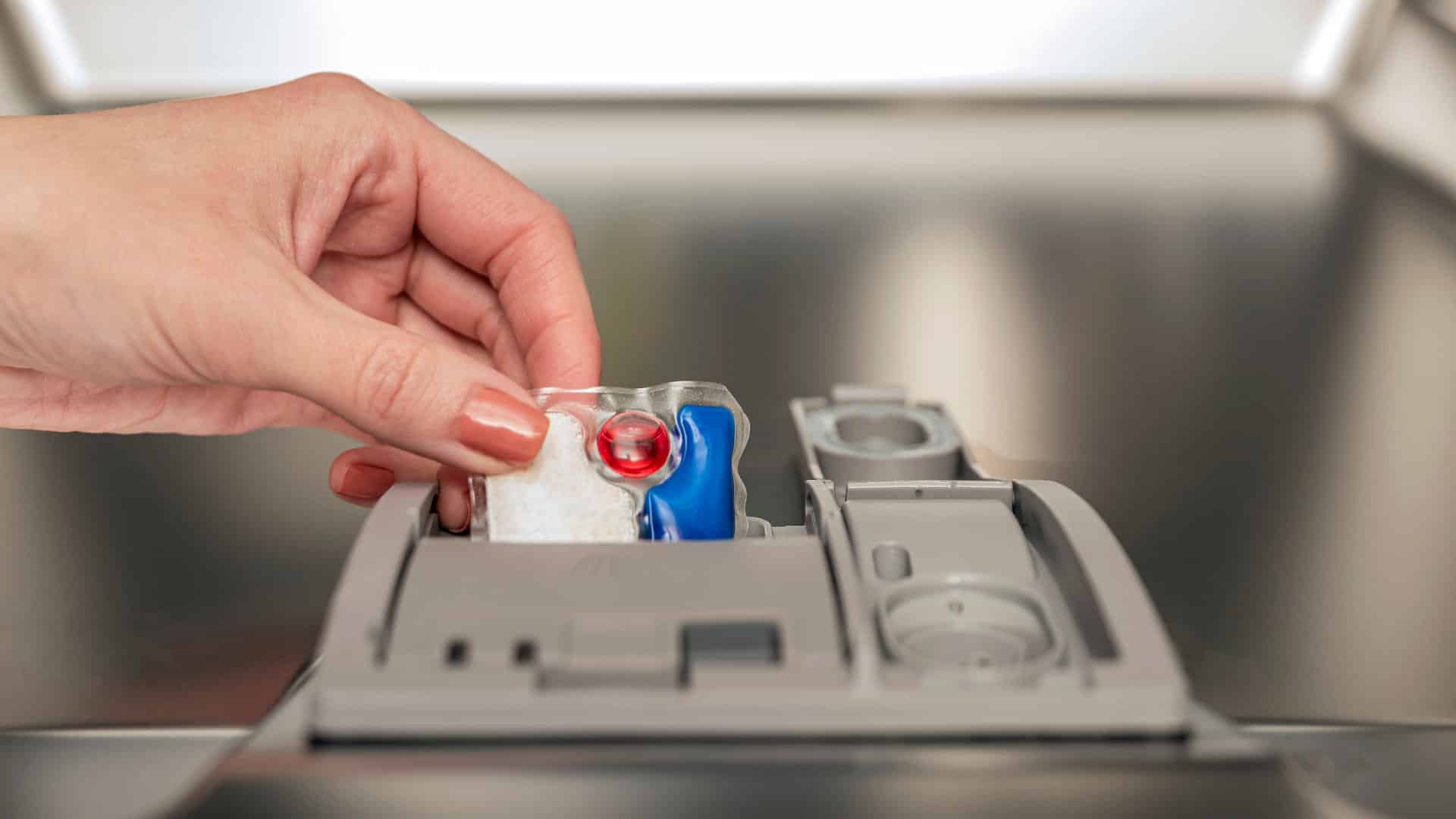
Apr. 09, 2024
How to Clear E24 Error on Bosch Dishwasher

Mar. 06, 2024
Samsung Dryer Not Heating Properly? (5 Fixes)
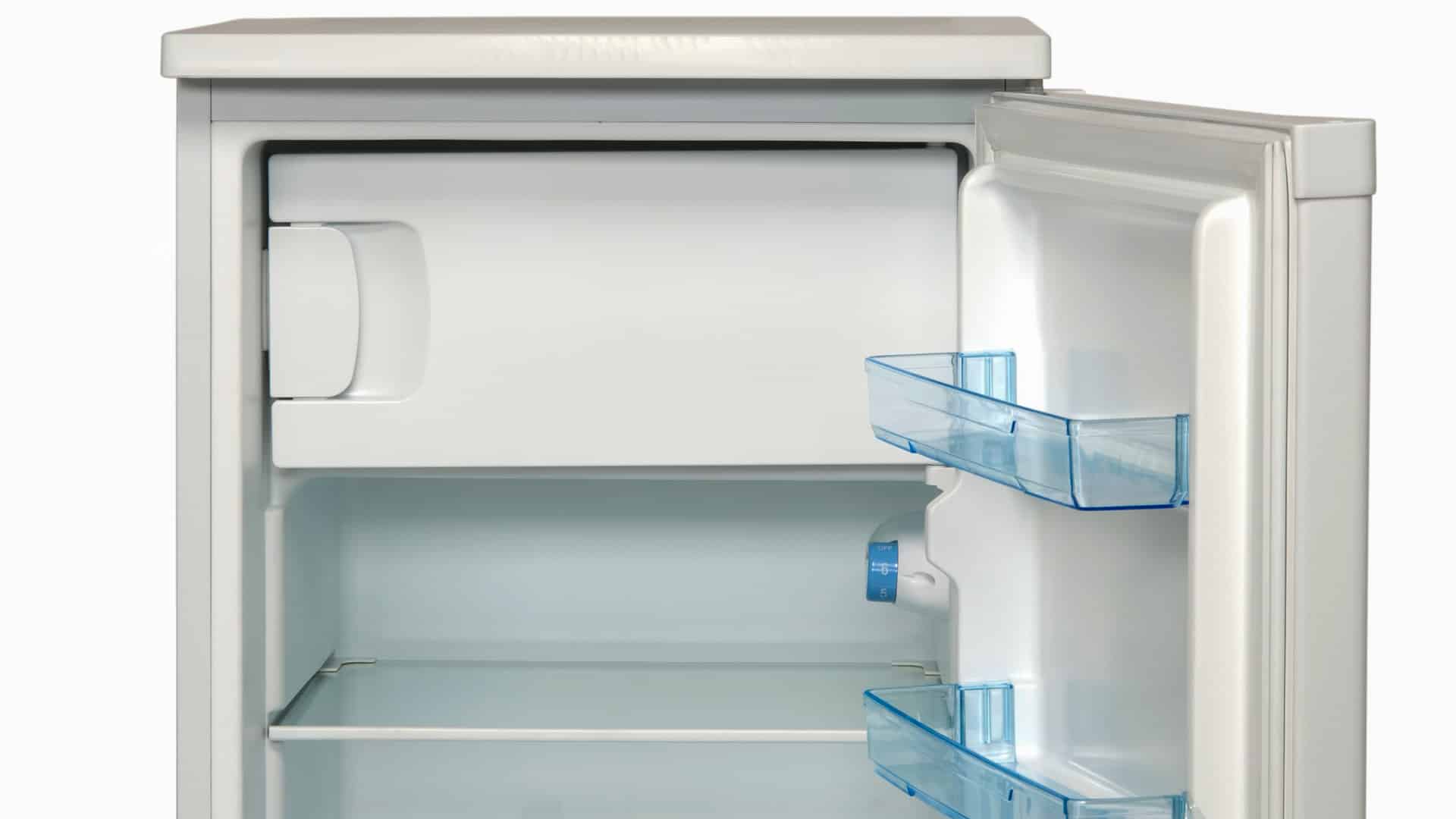
Feb. 05, 2024
Why Is Your Mini Fridge Not Cooling? (5 Potential Reasons)
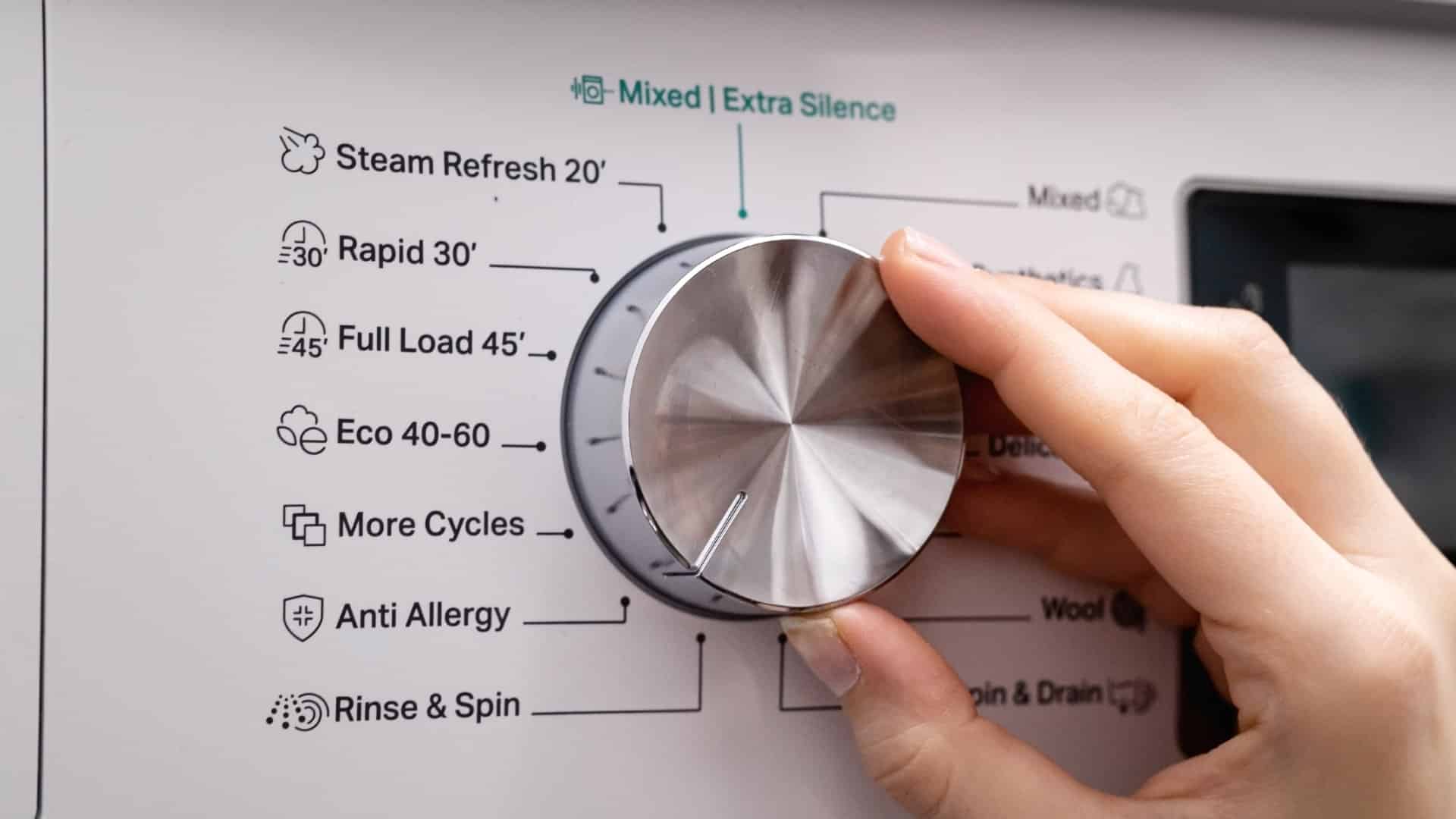
Jan. 03, 2024
How to Fix Samsung Washer Error Code 4C
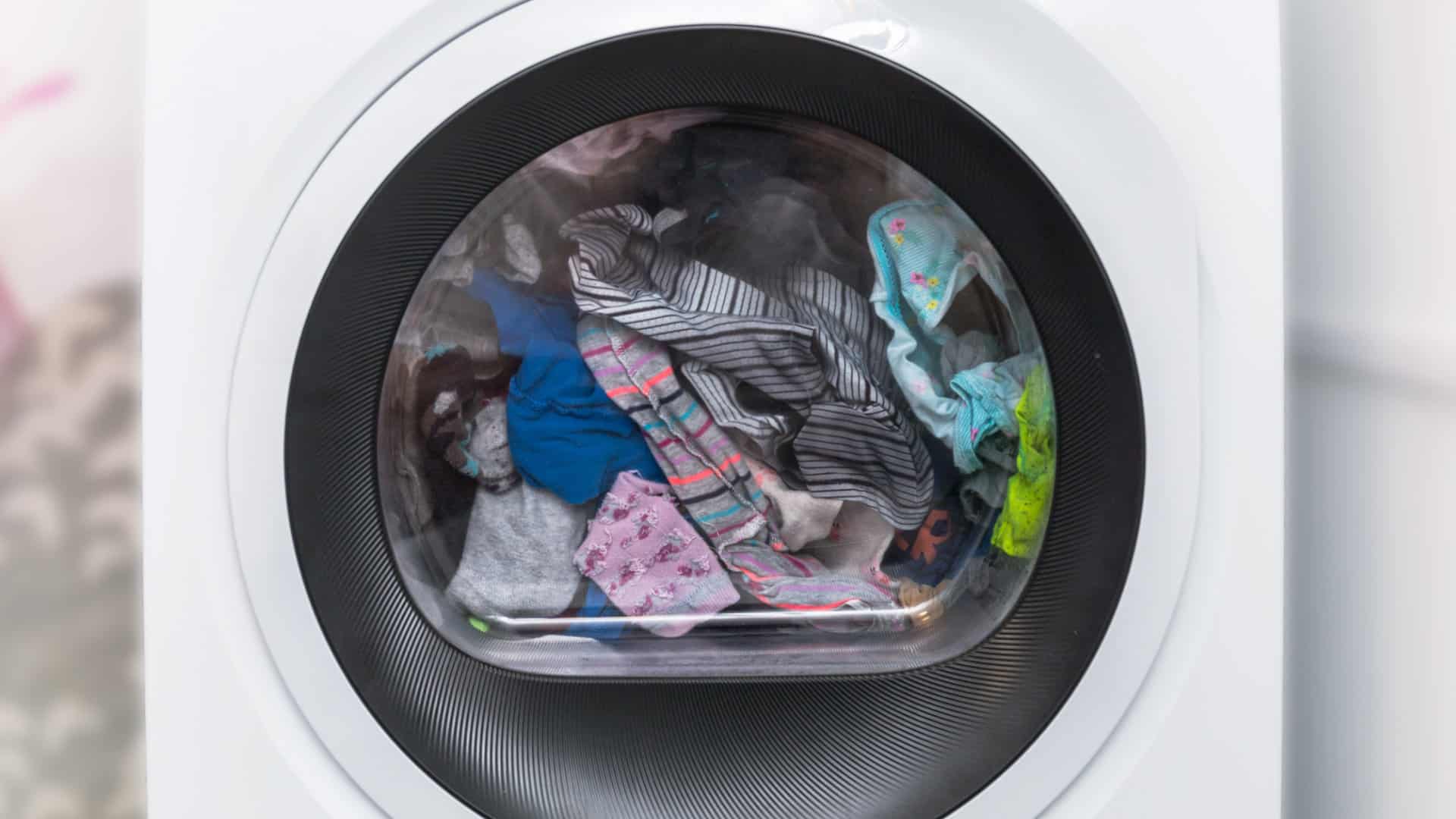
Dec. 11, 2023
How to Resolve UE Error Code on your LG Washer
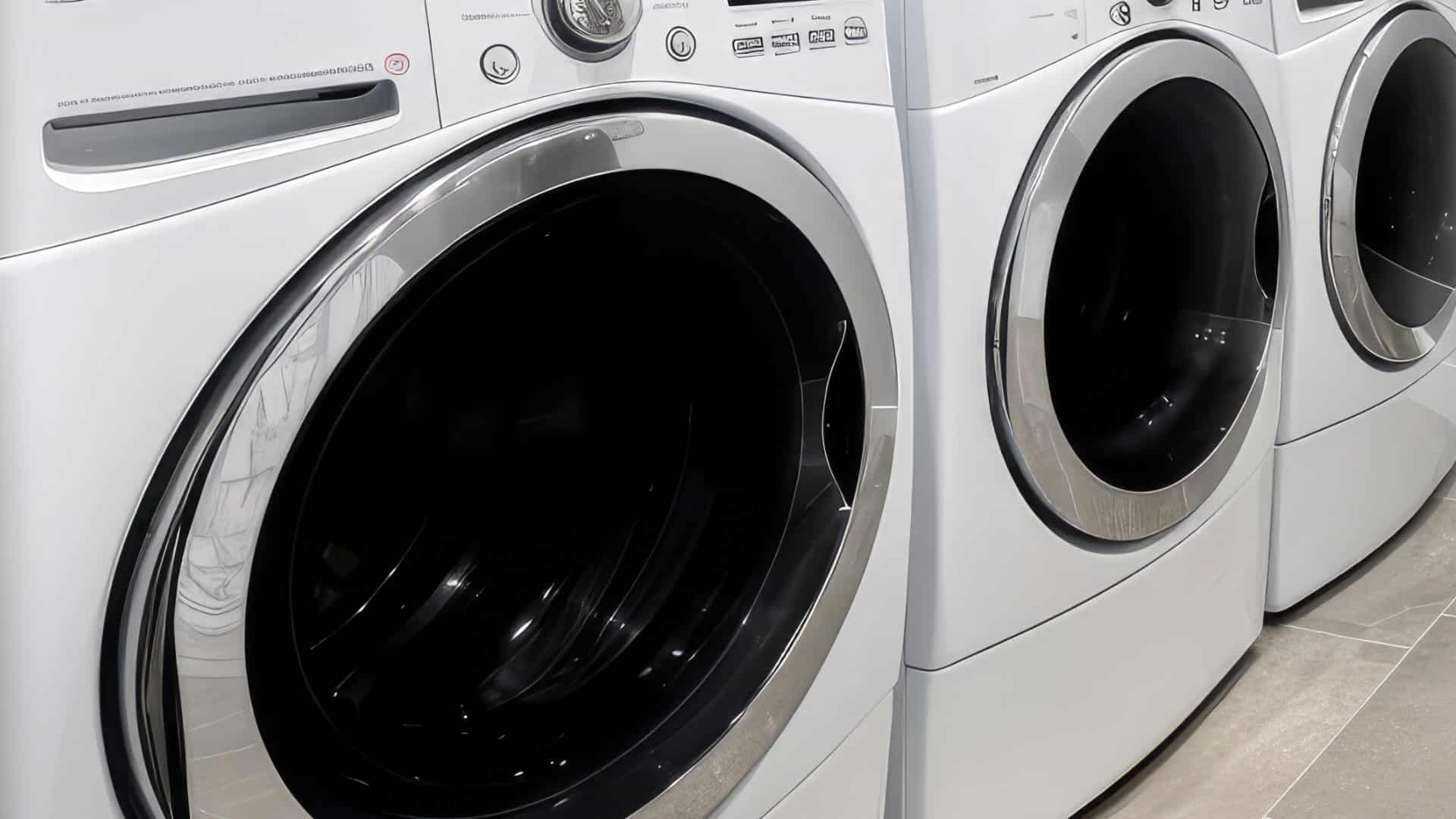
Nov. 06, 2023
LG Washing Machine Error Codes: How to Fix Them
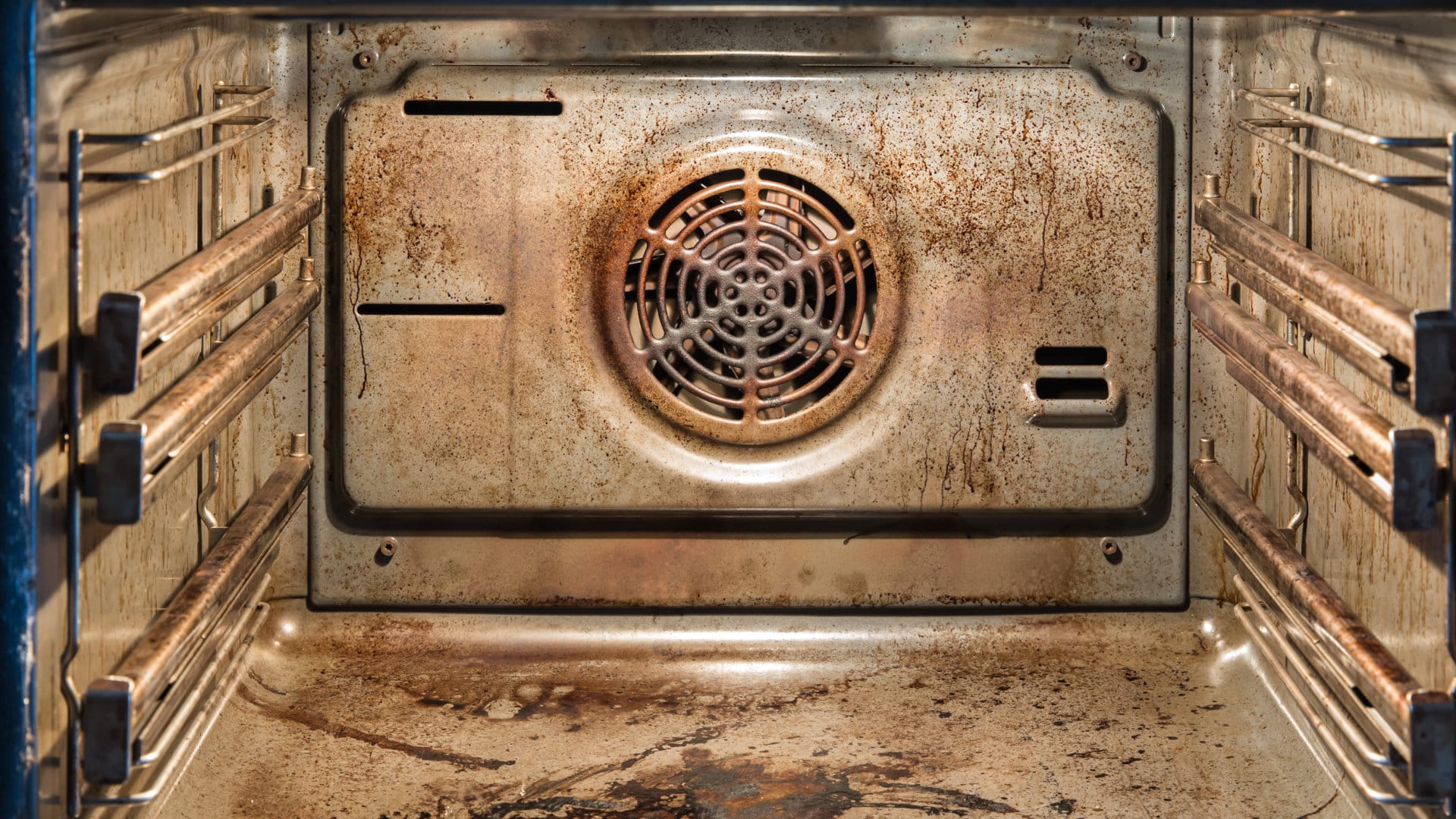
Oct. 02, 2023
How to Unlock LG Oven Door (After Self-Cleaning)
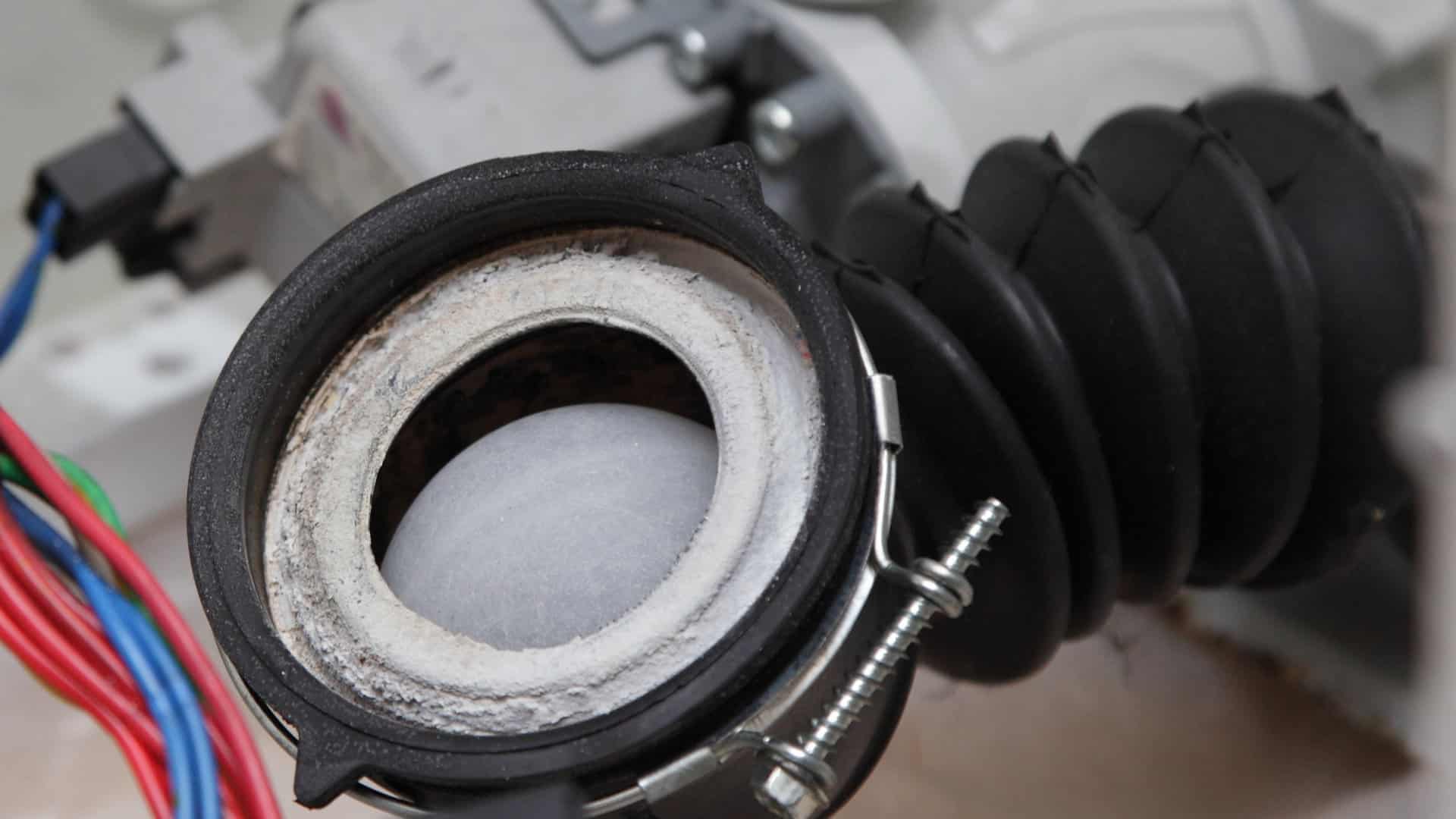
Sep. 08, 2023
How to Fix LG Washer DE Error Code

Jul. 31, 2023
Why Your Microwave Is Not Working
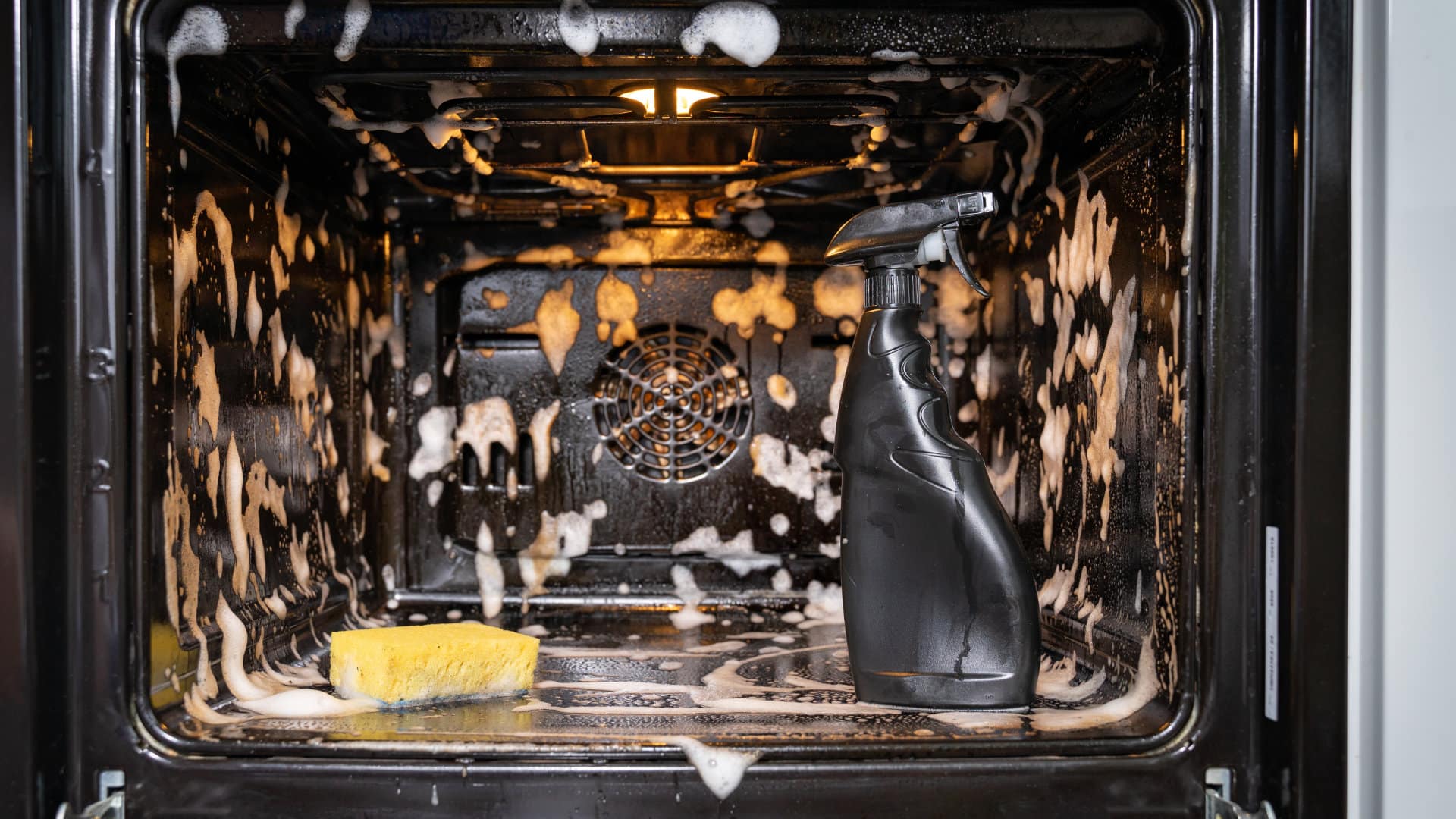
Jul. 19, 2023
The Quick Guide To Using a GE Self-Cleaning Oven

Jun. 13, 2023
How to Clean Your Dishwasher with Vinegar

May. 08, 2023
How to Fix a Noisy Refrigerator
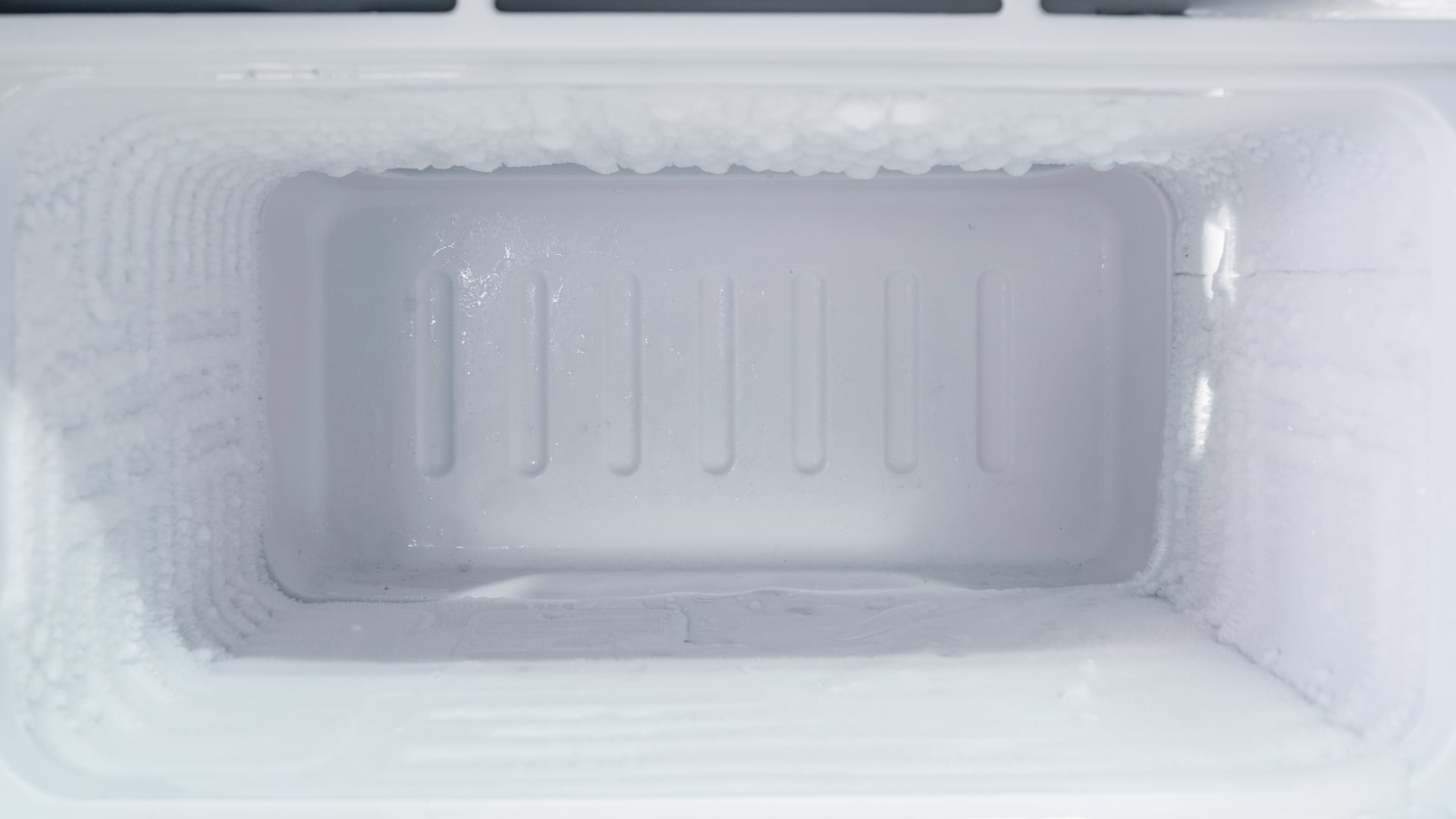
Apr. 10, 2023
How to Remove Frost Build-up from the Freezer

Mar. 14, 2023
5 Ways To Clean Your Microwave Naturally

Feb. 01, 2023

